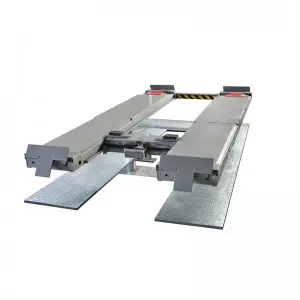As technology advances, so does its storage capacity and methods. One of the most common ways to store data is through physical storage devices such as hard disks and cylinders. While both rely on magnetism to store data, there are notable differences between the two.
A cylinder is a traditional storage device used in mainframe computers. It consists of a metal canister that houses multiple disks stacked on top of each other. The disks spin around a central axis while the read/write heads move up and down the cylinder, accessing the data on each disk. Cylinders are popular for their durability and ability to handle large amounts of data.
Disks, on the other hand, are much smaller and used in personal computers, laptops, and servers. They consist of a single platter enclosed in a case with read/write heads mounted on an actuator arm. Disks can store less data than cylinders, but they are more affordable, faster, and easier to replace.

Cylinder vs. Disk: Understanding the Differences in Data Storage
So, what are the differences between the two types of data storage devices? The answer lies in their architecture.

Cylinder vs. Disk: Understanding the Differences in Data Storage
Cylinders are made up of multiple disks, which means that they have multiple surfaces to read data from. This translates into faster read/write times, as the cylinder can read or write data from multiple disks simultaneously. Moreover, cylinders can handle more data than disks, making them ideal for large enterprises that require constant access to data.
However, cylinders are also larger and more expensive than disks. They are also relatively slow, with read/write speeds ranging from 2 to 3 ms. Additionally, cylinders require specific mainframe hardware and software to access the data they store, which makes them impractical for personal use.

Cylinder vs. Disk: Understanding the Differences in Data Storage
Disks, on the other hand, are small and lightweight, making them ideal for portable devices like laptops and smartphones. They are also faster, with read/write speeds ranging from 0.5 to 2 ms. Moreover, disks are cheaper and easier to replace than cylinders, making them more practical for home and small business use.
In conclusion, understanding the differences between cylinders and disks is crucial in selecting the right data storage device for your needs. While both rely on magnetism to store data, cylinders are larger, slower, and pricier than disks. On the other hand, disks are smaller, faster, and cheaper, making them ideal for personal and small business use. Ultimately, the choice comes down to the type and amount of data you need to store and accessibility.Quick Lift
